
12 Lead Generation Best Practices
No matter the industry or business size, lead generation is a top priority for marketers.
Lead generation is how you attract people to your business and help them become leads who have an interest in buying your product or service. There are countless lead generation strategies out there, including content marketing, employer branding, digital ads and social media, among many others.
Read on to learn about the best lead generation practices to add to your marketing mix in the year ahead.
1. Generate leads with your live chat – but only if you can guarantee quick responses
Up to 83% of consumers need some type of support when they are making an online transaction or becoming your customer.
With live chat, you can increase conversions by being there to talk to your prospects at key moments. You can also use live chat to make announcements on your website, such as a product offer or upcoming webinar, or use a bot for automated lead gen. Some of the best live chat tools are Zendesk, Drift and Freshchat.
However, to get the benefits from live chat, you have to ensure fast responses. Otherwise, you might even be causing more harm than good. 45% of US consumers would leave a website in the middle of an online transaction if there is no one to answer their questions and concerns.
2. Make sure your pop-ups are optimized with A/B tests
73% of people dislike pop-up ads – and 81% of consumers have closed a browser or exited a webpage because of a pop-up ad.
If you’re going to interrupt your website visitors with a pop-up or opt-in form, it needs to be worth their while. When done well, you can use pop-ups to give your visitors extra value and automate lead generation.
You often see “sign up for our newsletter” as a pop-up call to action, but the best results usually come from a more compelling CTA. With A/B testing, you can choose the best lead magnet to show in your pop-ups. This could be your best ebook, template, blog post or email sequence.
To do your A/B test, set up two pop-ups with different content and compare how they perform. You can then do more in-depth tests for that pop-up, like the specific CTA text or visuals you’re using. Optinmonster gives you a great split test performance overview:
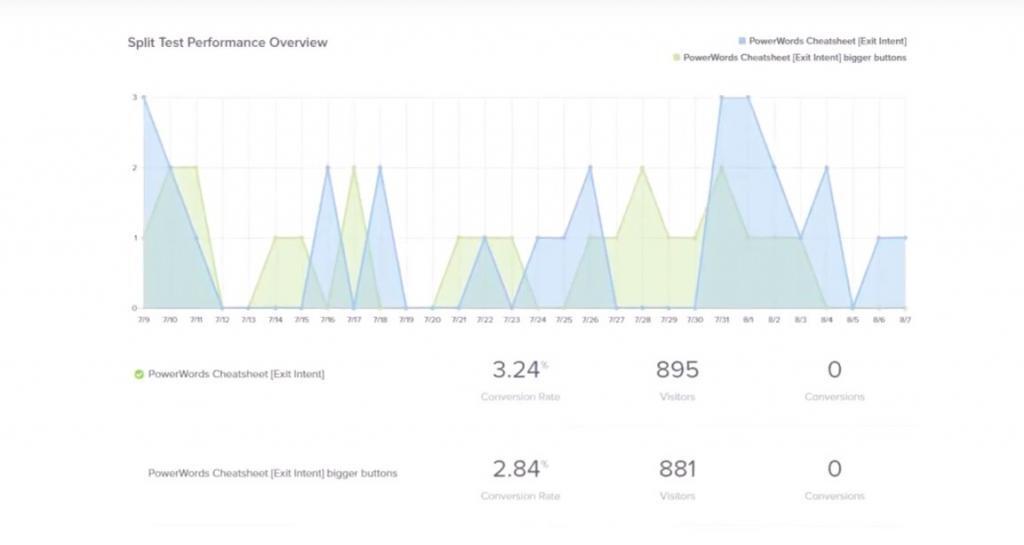
3. Try out video marketing for lead gen
More than 50% of consumers prefer video content over other forms of content, so it’s no surprise there are more and more opportunities popping up here for marketers in 2021 and beyond. Some of the ways you could use video for lead gen are:
- Creating a video of your sales demo and gating this behind a landing page form.
- Using videos on landing pages. Marketers who incorporate video into their campaigns can achieve up to 34% higher conversion rates.
- Collecting email addresses right from your videos using a tool like Wistia. This can require viewers to share their email to watch beyond a certain point of a video.
- Including CTAs and annotation links in your videos (if you can’t do this with YouTube, try Wistia for this too).

4. Optimize your top organic pages for lead generation
Organic traffic gets results at any time of day, sometimes for years in the future, and with no extra budget required after you’ve created the content. To get a lot of visitors from organic search, you need high-performing, SEO-optimized content that’s valuable and relevant for your audience.
Keep your finger on the pulse of which pages are performing well in searches so you can optimize these for lead gen. By looking at the forms, CTAs and performance of the page, you can maximize how many visitors become contacts.
5. Get your money’s worth with paid ads
To show at the top of Google, you can do two things: create high-performing content that has earned quality backlinks and is on a respected domain, or pay for ads. The best websites usually do both.
Google Ads get you straight to the top of Google, but they don’t come cheap. Therefore, it goes without saying that if you’re paying for ads, you need to put your best content forward – both in the content of the ad and the content you’re linking to (perhaps your homepage or a top landing page).
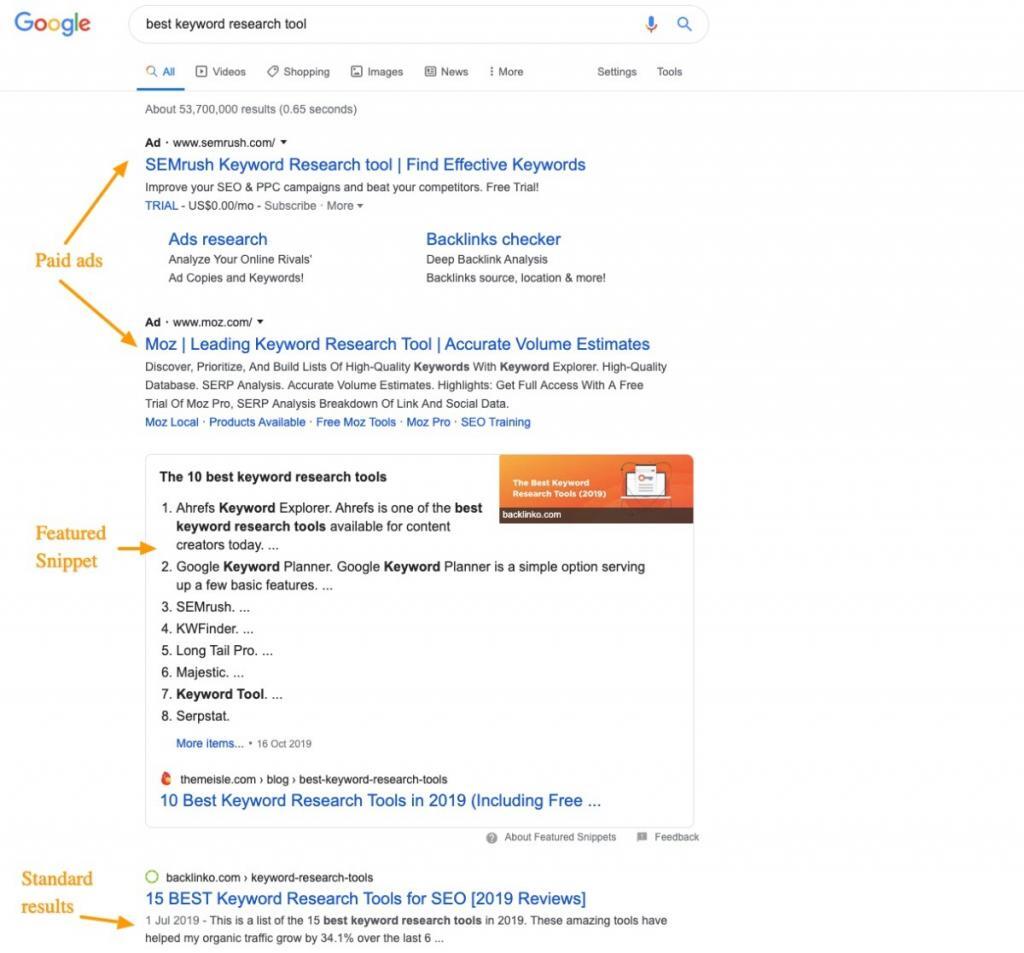
When done well, businesses make an average of $2 in income for every $1 they spend in AdWords. This isn’t guaranteed, however, so make sure you have the budget and effective content in place before you start spending.
6. Focus on your content keywords for the best SEO results
Paid search ads are effective for lead gen – but organic SEO is 5.66 times more powerful. To get the best SEO results, make sure you’re giving your keywords enough attention.
This comes down to:
- Identifying the most important keywords for your business niche and location.
- Pinpointing the keywords you and your competitors already rank for and which ones you want to get more traffic for.
- Doing some keyword research to understand which keywords have the best balance between high traffic and low competition.
- Creating a shortlist of the top keywords to focus on.
- Using these keywords in your website pages and blog content.
- Measuring results to track progress.
7. Keep improving your conversion rate optimization (CRO)
Only about 22% of businesses are satisfied with their conversion rates, or how easily they can convert visitors into leads – and leads into customers.
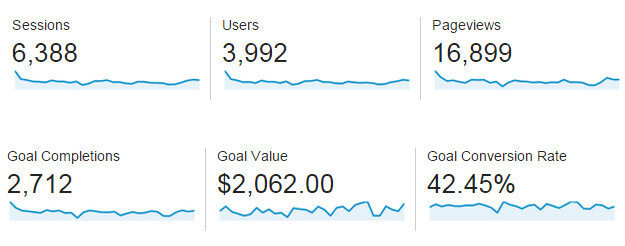
If you’re driving visitors to your website but not converting them, you have a leaky funnel on your hands. To get the best results from your web visitors, you need to look at conversion rate optimization.
Here are some ways to optimize your conversion rate and boost your lead generation without needing to increase website visitors:
- Use a pop-up tool like Optinmonster on your website to collect email addresses in exchange for bonus content or simply to join your newsletter.
- Improve your website speed so visitors aren’t left waiting for your site to load.
- Optimize your site’s usability. Use a heatmapping tool like Hotjar to visualize how visitors interact with your site and where they’re currently dropping off.
- Offer more enticing lead magnets to encourage visitors to leave their email address, such as an ebook, bonus template or audio download.
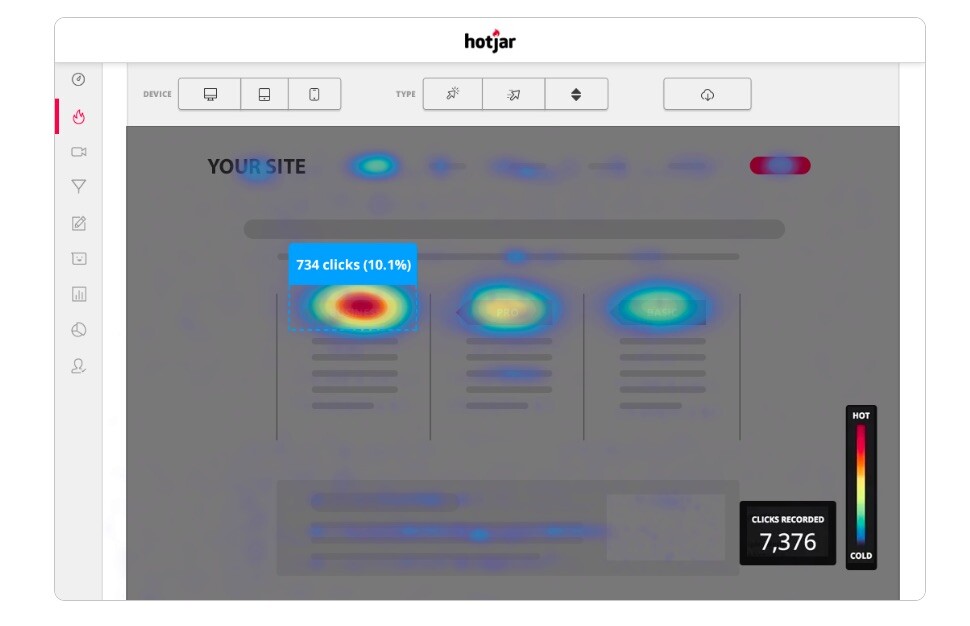
8. Know the review sites your prospects turn to – and optimize your ratings
93% of consumers say online reviews have an impact on their purchase decision. But only 33% of businesses are actively seeking out and collecting reviews.
We can’t underestimate the power of reviews: it really is crucial to know the review sites that your potential customers turn to when researching products and services like yours. Once you’ve identified where customers are reviewing you, make an effort to:
- Monitor the review sites regularly.
- Reply or reach out where it makes sense, always tactfully.
- Most of all, address complaints by making changes in your business – and doing more of what works.
According to research from Podium, 3.3 is the minimum star rating that most consumers will engage with, so make sure you’re well above that.
9. Create interactive content that offers extra value
How engaging is your content? To create content that stands out and your audience wants to engage with, make it interactive.
53% of content marketers use interactive content in lead generation efforts. Not all of your content should be interactive, but it’s worth adding a few key interactive pieces to the mix. A brilliant example of interactive content is Coschedule’s Headline Analyzer:
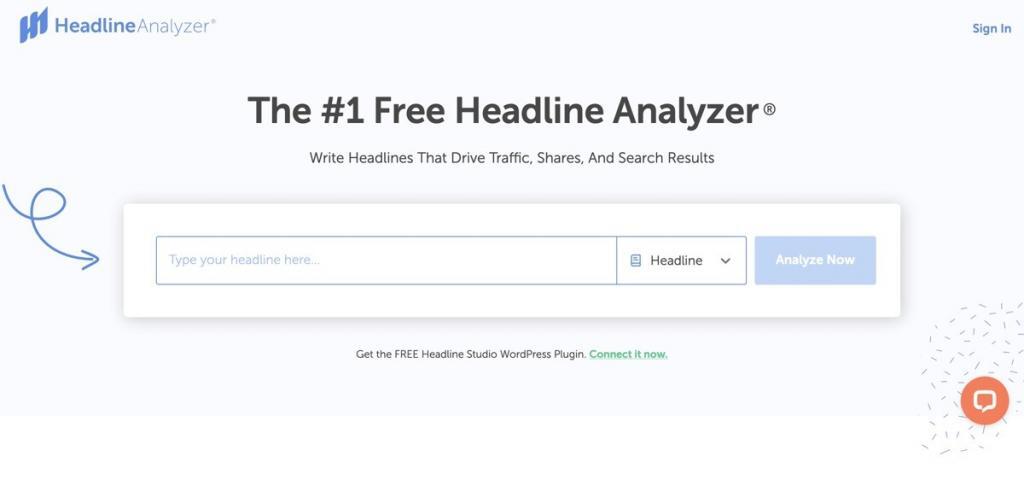
Types of interactive content include:
- Interactive quizzes
- Problem-solving apps
- Interactive calculators
- Surveys
- Webinars
- Interactive emails
- Interactive ebooks
10. Build word-of-mouth buzz
74% of consumers identify word of mouth as a key influencer in their purchasing decisions.
Even with all of the best lead generation tactics out there, word of mouth is still the top way to create a sustainable stream of new customers for your business. We trust what our friends say, and it’s often their opinion that sends us heading to an online store – sometimes when we don’t even need the products, but certainly want them.
Building word-of-mouth buzz is both simple and extraordinarily complicated: you have to create a product or service that your customers adore and want to shout from the rooftops about. If you’re not there yet, talk to your customers and do some user testing to figure out what you’re getting right and wrong. It’s often better to optimize your product before piling cash into marketing, especially if you’re taking a long-term view of your business.
11. Use the best lead gen tools
There’s a fantastic range of lead generation tools to choose from. Some of the best lead gen software tools are:
- Drift.com: live chat, calendar scheduling, landing pages
- Outreach.io: sales engagement
- Leadfeeder.com: identifying who’s browsing your website
12. Make sure your marketing tools are talking to each other
As you try out new lead gen strategies and drive more leads into your marketing funnel, it’s important to make sure you can handle the incoming stream of contacts so that they don’t fall between the cracks. More contacts can mean more confusion, but it doesn’t have to.
All you have to do is set up a two-way sync between your lead gen tools and the rest of your app stack to make sure your contacts are present and updated in every tool you’re using – from your email marketing app to your CRM to your accounting software and much more.
